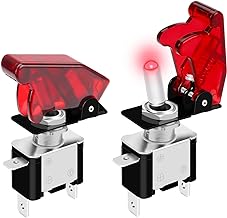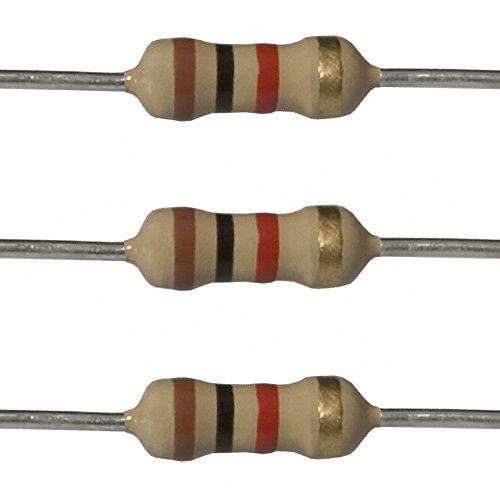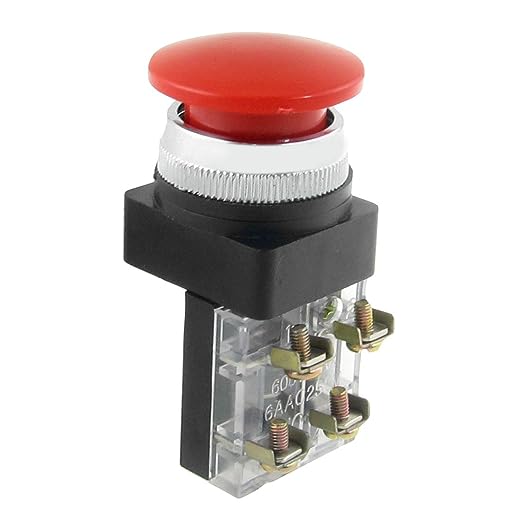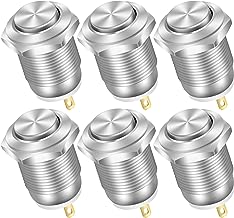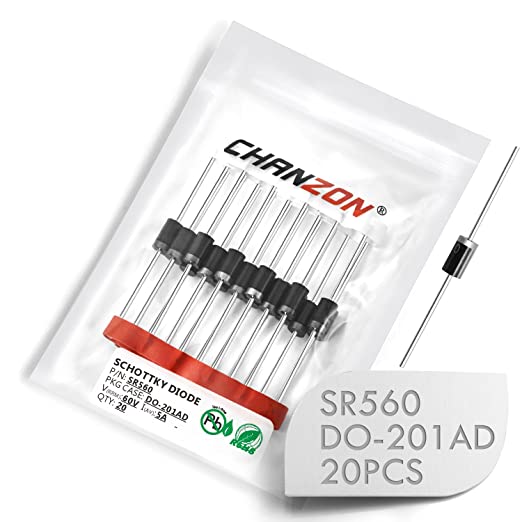Also, do I really need the 470ohm resistors with bright LED lights?
Yes you do need the resistors. An LED is basically a short circuit, so would attempt to pull an infinite amount of current without the current limiting resistor, or a current limited source. You need to pick an appropriate resistor value for the voltage you are using. For example, the 470 ohm resistors are technically OK for a "3V" LED when using 12 volts (12V-3V)/470 Ohm ~= 20mA, which is OK for most LEDs. For more common 2V LEDs, you would need a larger resistor. If you use a 20V battery with 470 Ohm resistor, then you would get almost 40mAs through the LED. Unless you are using high power LEDs that would destroy the LEDS, if not right away, then very soon. If it was me, I would use 2.2K resistors. That would be 4mA for 12V and 8mA for 20V. Much safer current levels, and more than enough for this application.
Power recommendations would be nice to. I was thinking about possibly using my 20v drill battery packs for power but I wonder how they will perform rated at only 3amps?
That depends on the pack. If you have a NiCd or NiMH battery pack it would probably OK. Thou it probably would not fire all six at once. If your pack uses lithium batteries, you might have a problem. At 20V an Estes igniter will attempt to draw > 30A! Most lithium batteries have low enough internal resistance to attempt to deliver most of that current. That much current could easily damage your batteries, or more likely trigger a battery protection circuit in the pack. If you want to use a 20V/3A battery pack, you should put a 5-10 Ohm high wattage resistor in series with the igniters.
Another reason for the switches is because some people are concerned of that small current (20ma) flowing through the igniter continuously.
Yeah, I am one of those people. Doesn't make sense to me to have a live circuit, even current limited, when someone is attaching wires to a igniter stuffed in a pyro device an inch or so form their hands and probably less than a foot from their face. Especially if you are actually using 20mA. That is enough to occasionally set off the old Quest igniters, and possibly enough to set off the e-match style that are being used by some people. Why take a nice safe hobby, and turn it into a crap shoot? Yes, you could just turn off the master switch, but how many times are you going to forget to do that?
Personally, I would move the continuity connection from between the master and arm switches to after the arm switch, the change to arm switch to a momentary switch. You would still be able to check the continuity of all the igniters at once, but no current could flow unless someone was holding down the arm button down.










